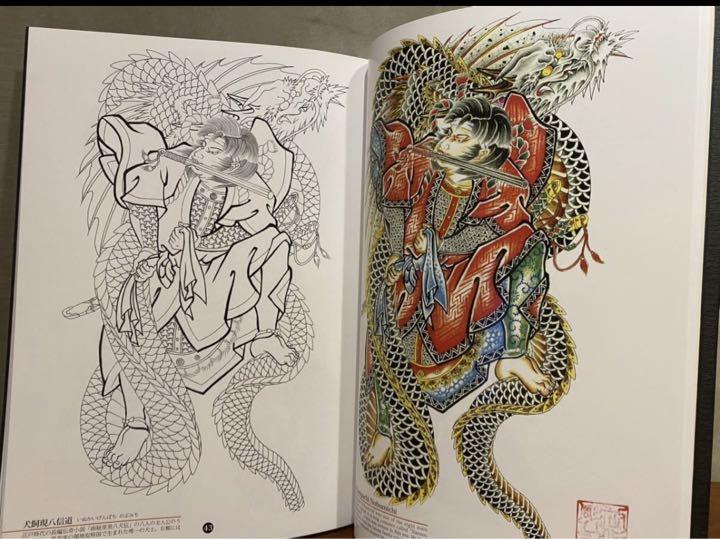
Wabori / Irezumi – Traditional Japanese Tattoo Design Ideas & Meanings
in miscellaneous on November 4, 2022Wabori or Irezumi means traditional Japanese tattoo. In this article I’m going to introduce 8 popular Wabori motifs for your wabori tattoo ideas. If you are interested, you can visit my eBay store for books and catalogues published by famous Japanese Wabori artists.
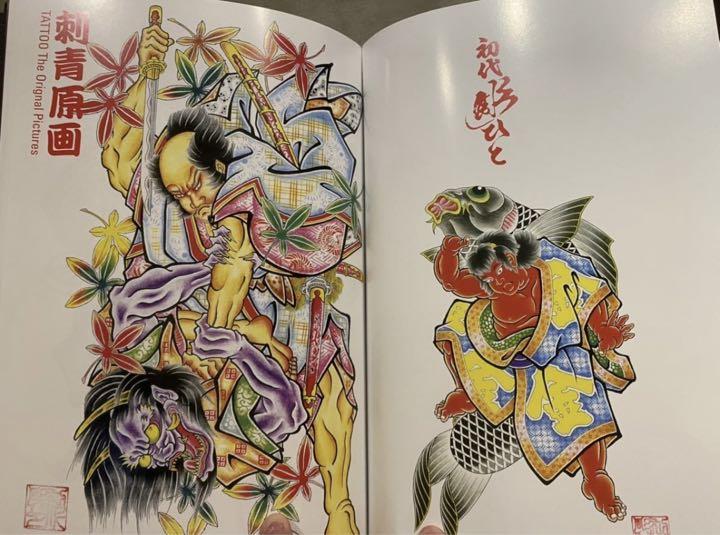
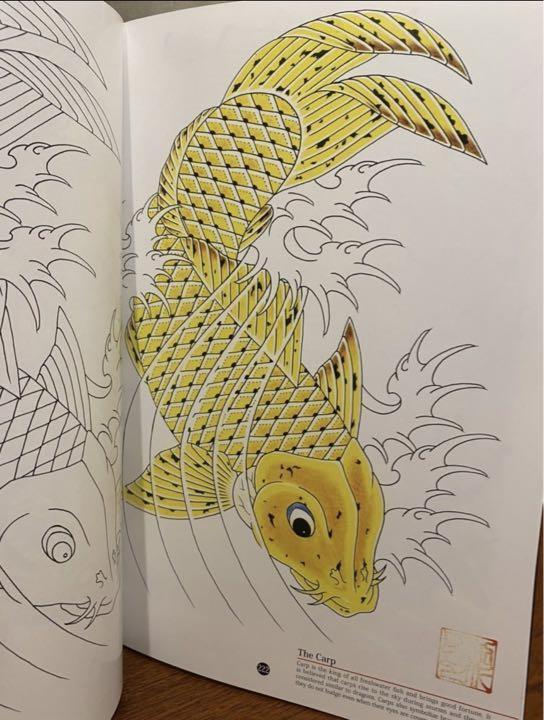

Back in the day, Irezumi was favoured by steeplejacks and hikyaku (post men), who were engaged in construction and festival preparations. They also acted as town guards and firefighters. These people often worked in loincloths rather than kimonos, because kimono would make it difficult for them to move around, but they also considered it embarrassing to expose their bare skin, so they wore irezumi.
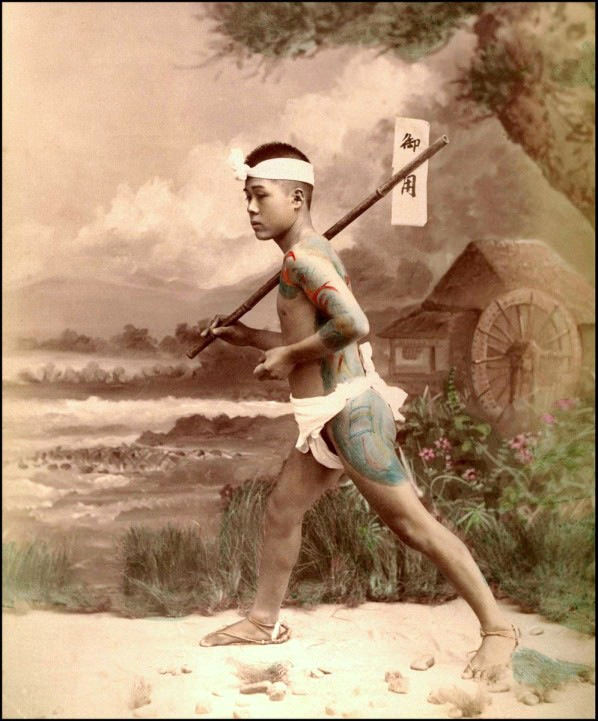
Eventually, the image of ‘irezumi is an essential part of steepjacks grew stronger in society, and young steeplejacks without irezumi were sometimes forced to have them carved by the masters of the town, who would pay for the art work. This was because steeplejacks fighting fires as firefighters were a symbol of Edo’s ‘iki’ (stylishness), and steeplejacks’ irezumi were the pride and ‘hana‘ (beauty, glory, splendour) of the neighbourhood where they lived.
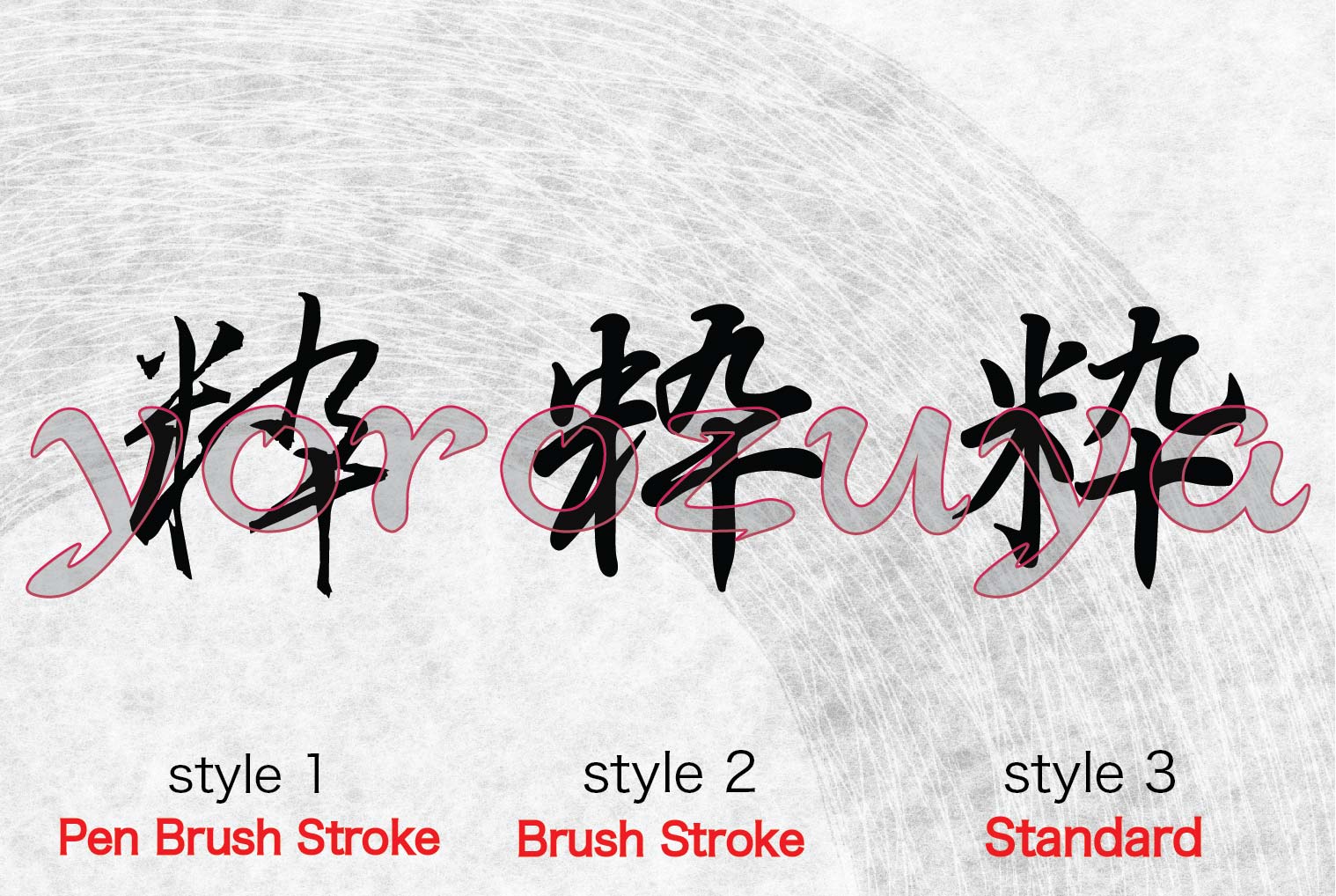
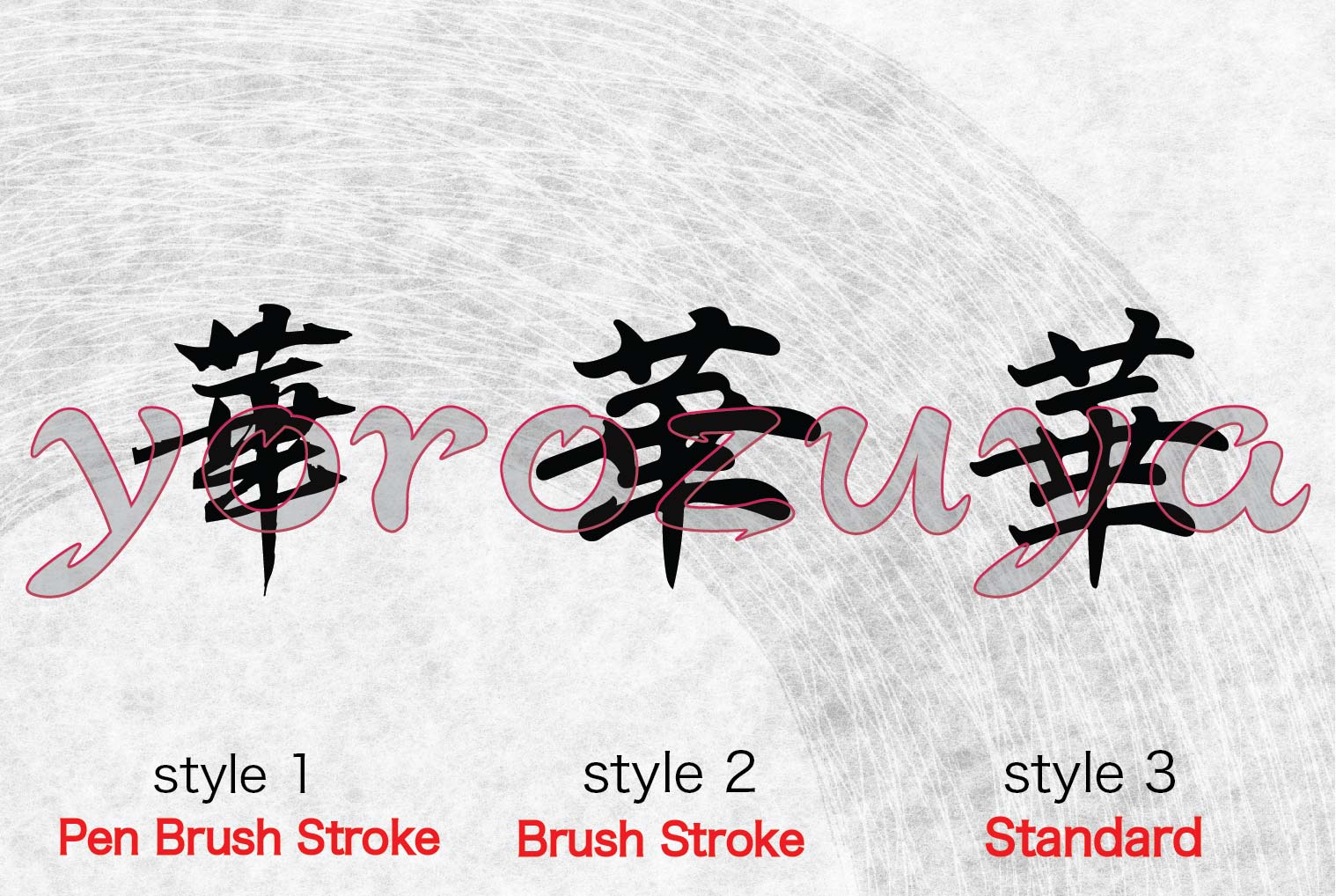
The steeplejacks often had dragon irezumi. This was because dragons were believed to call rain and were meant to protect themselves spiritually. As such demand increased, the irezumi, which started with simple letters and diagrams, gradually became more complex and expanded. Eventually, this led to the emergence of tattoo artists who specialised in carving pictures and text on human skin.
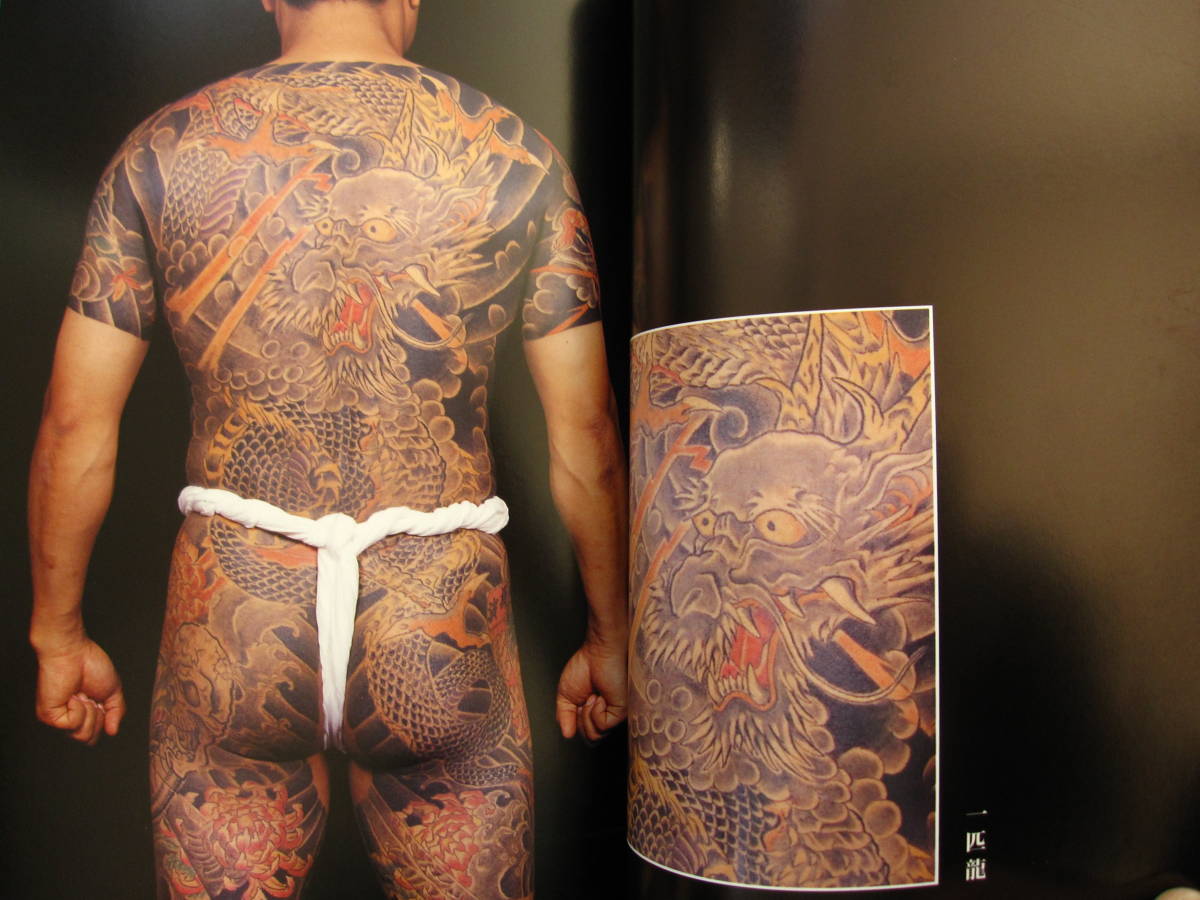
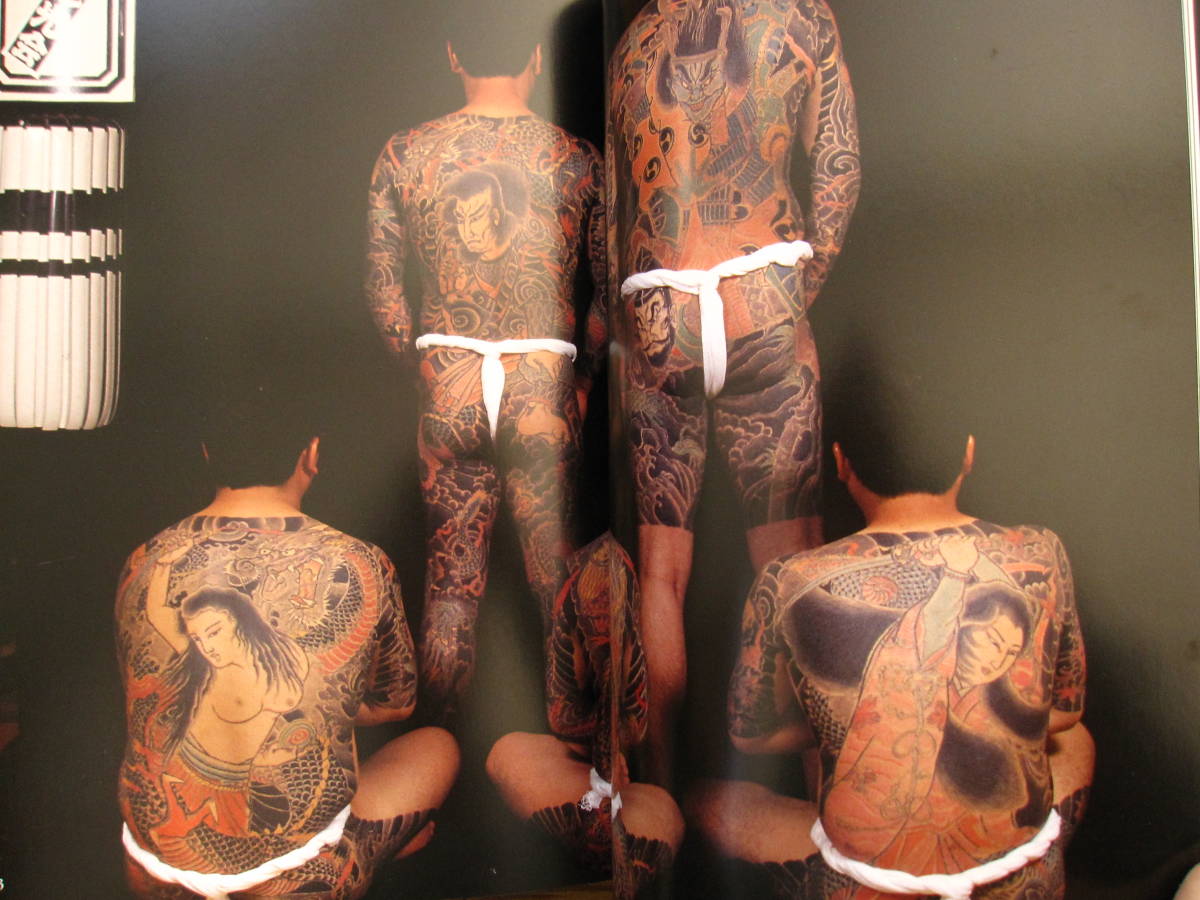
In pop culture, chivalrous men with irezumi were depicted in ukiyo-e prints as idealised figures who ‘helped the weak and defeated the strong’. They eventually became objects of admiration, and in the first half of the 19th century the ukiyo-e artist Utagawa Kuniyoshi became very popular when he painted irezumi on the bodies of the protagonists of the Chinese novel Suikoden aka Kuniyoshi ‘s Hero.
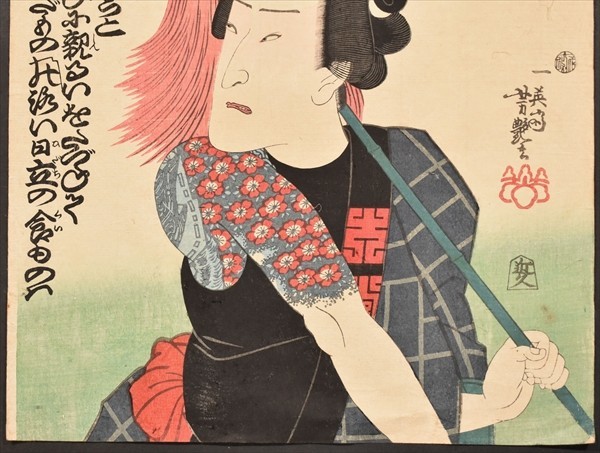
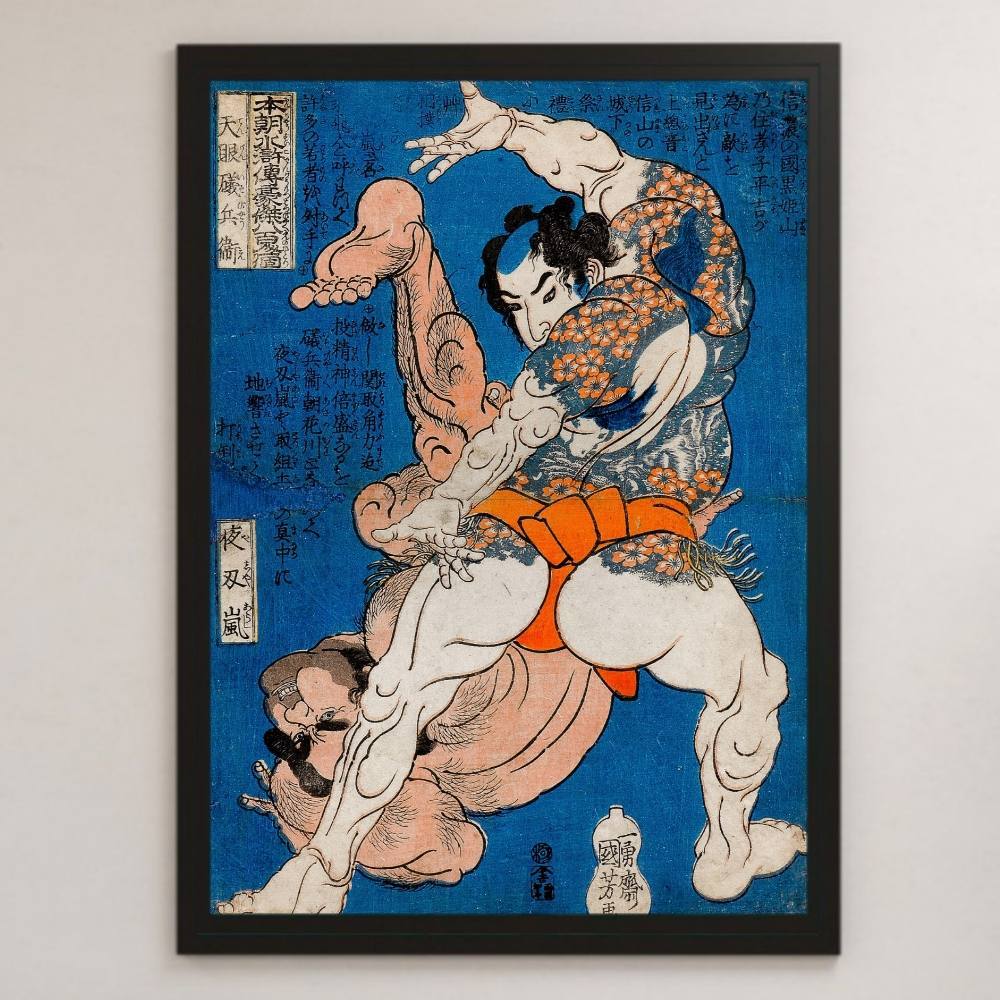
Popular Wabori Motif 1 – Dragon(龍)
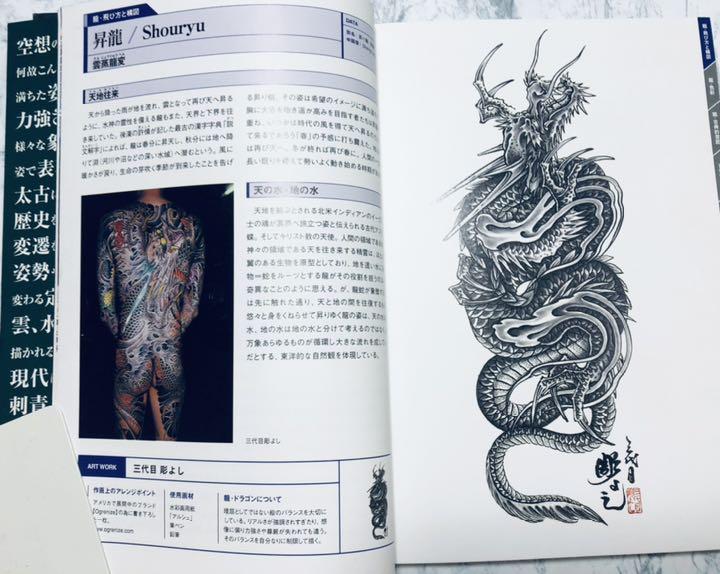
The meaning of the dragon is mainly said to be ’emperor’, ‘rising to power’, ‘divine power’ and ‘protection’. The ascending dragon is particularly famous as a symbol of success in life. Many meanings, such as ’emperor’ and ‘divine power’, symbolise absolute power, which fits the dragon perfectly.
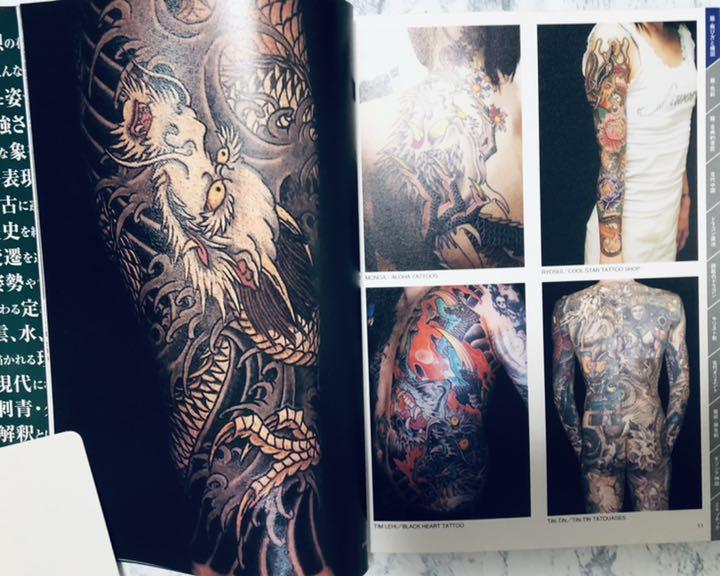
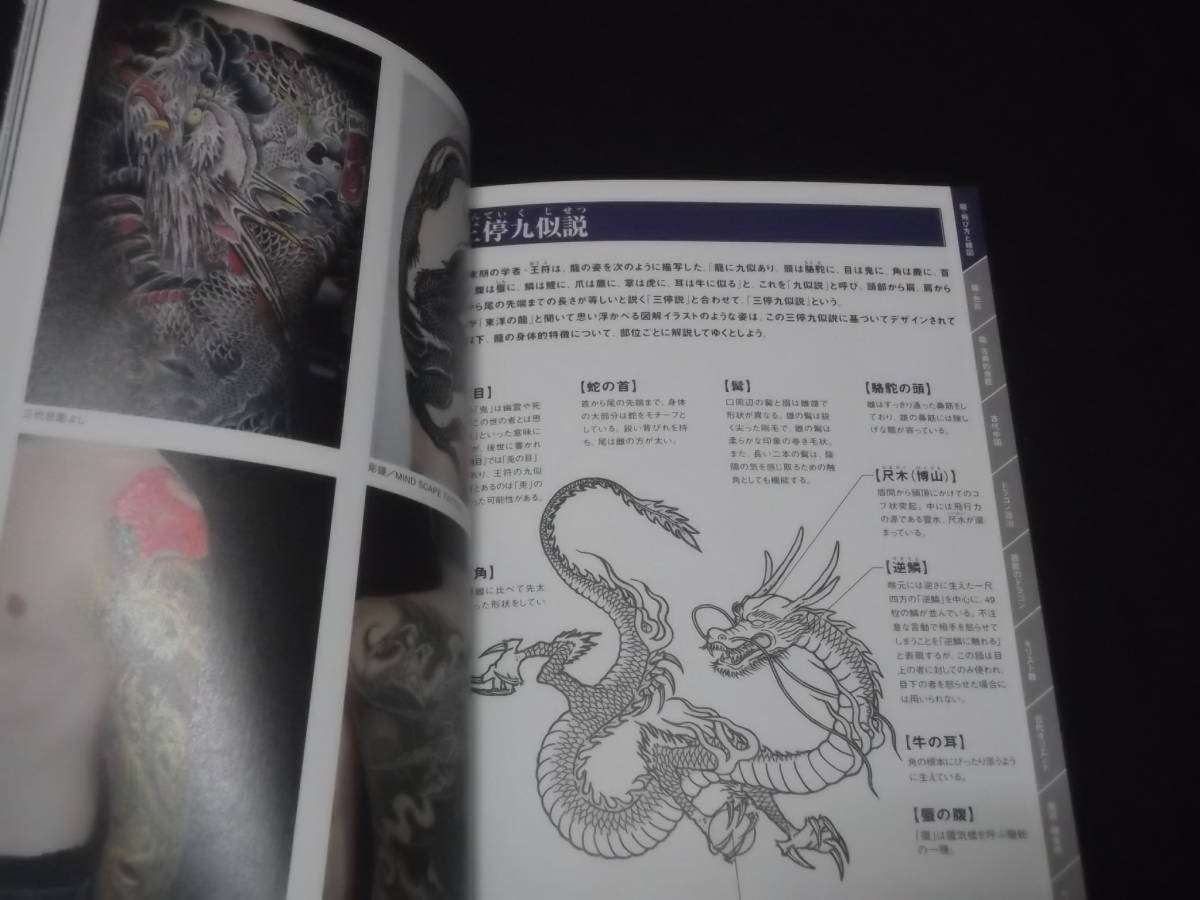
Popular Wabori Motif 2 – Koi (Carp 鯉)
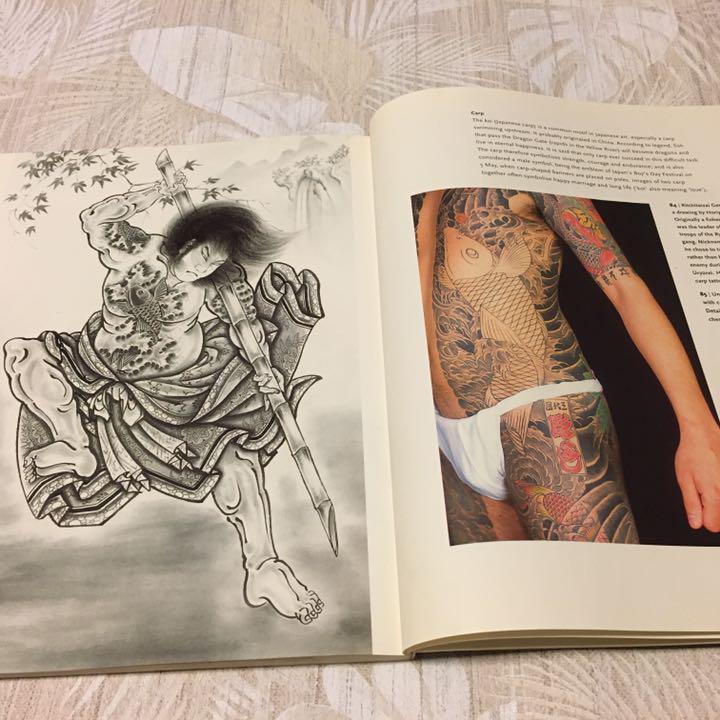
The Coi fish is famous as a symbol of success in life, leaps forward, growth, vitality and longevity. These meanings are derived from the famous Chinese legend “Xinglongmen” from the Book of the Later Han Dynasty. The carp climbs up a fast-flowing waterfall, passes through the gate and climbs up to the sky to become a dragon, which is why it became a symbol of success in life, leaps of faith and growth. Koi are said to have a very long life span.
Coi fish and this red-coloured skin boy is a traditional design that has been depicted since the Edo period in the hope that boys will rise in the world and be physically strong.
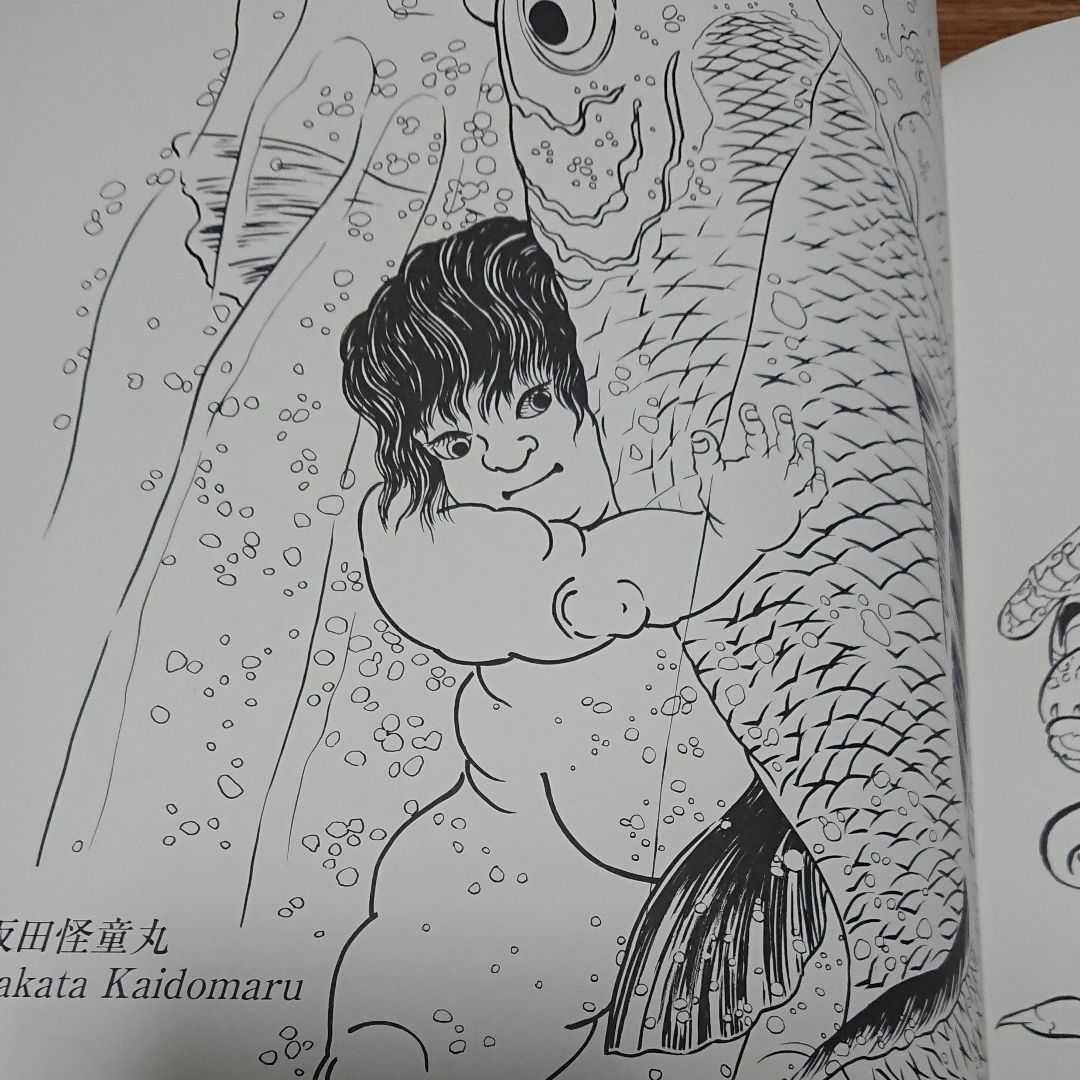
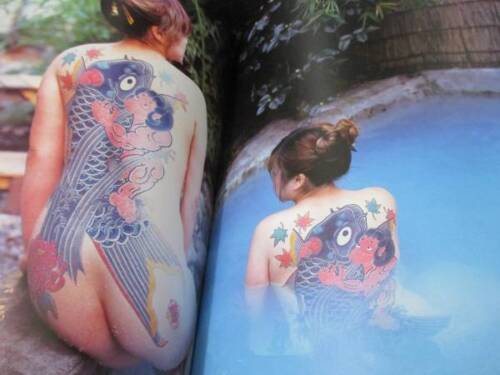
Popular Wabori Motif 3 – Wind God and Thunder God (風神&雷神)
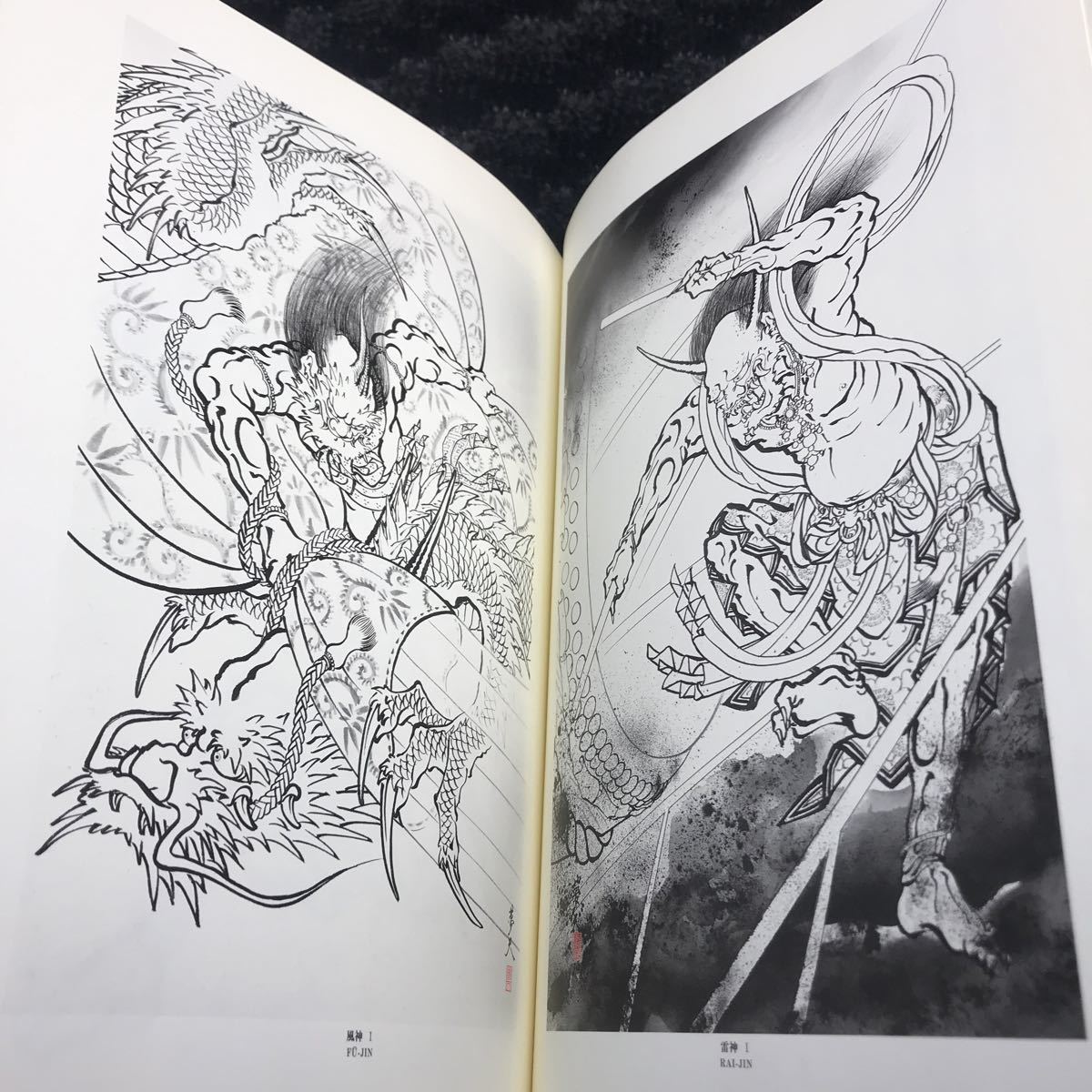
Without water, the Japanese people, who have mainly practised agriculture, cannot expect a good harvest of crops and will not be able to eat. They therefore prayed to the god of thunder to bring rain, and worshipped him as the guardian god of rice cultivation. They were also afraid of violent lightning strikes and wished for protection.
Not only in Japan, but also in the rest of the world, people have feared and deified lightning as a natural disaster that affects their lives.
In Greek mythology, Zeus, the omniscient and omnipotent god, is said to be able to rule over lightning and burn the world with a single strike, and in battle he used lightning as a weapon to achieve victory.
In Indian mythology, the vajra, a weapon held by the god Indra, is said to control lightning.
The Japanese people, who are a cultivating people, have been praying to wind gods to protect their crops from storms and holding wind god festivals to appease their anger since before the arrival of Buddhism.
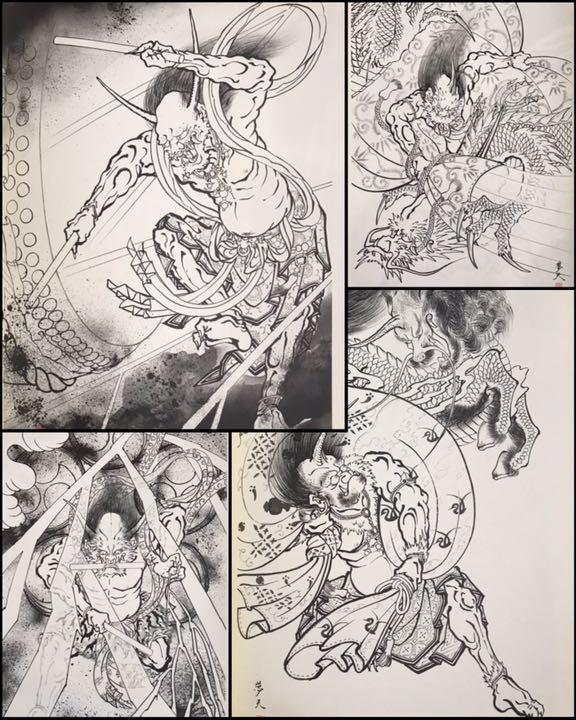
Popular Wabori Motif 4 – Demon(鬼)

Oni are the most famous yokai (Monsters) in Japan. At first glance, they have a bad image because they are spectres, but depending on the story, demons can be good, gods or ogres in various settings. Oni have special spiritual powers and are said to bring good luck by keeping evil spirits at bay with the help of these demons. In Buddhism, some demons are regarded as demon gods who do the right thing. It is meant to symbolise severity, strength, protection and power. It is sometimes treated as a symbol of “strength” and “anger.”
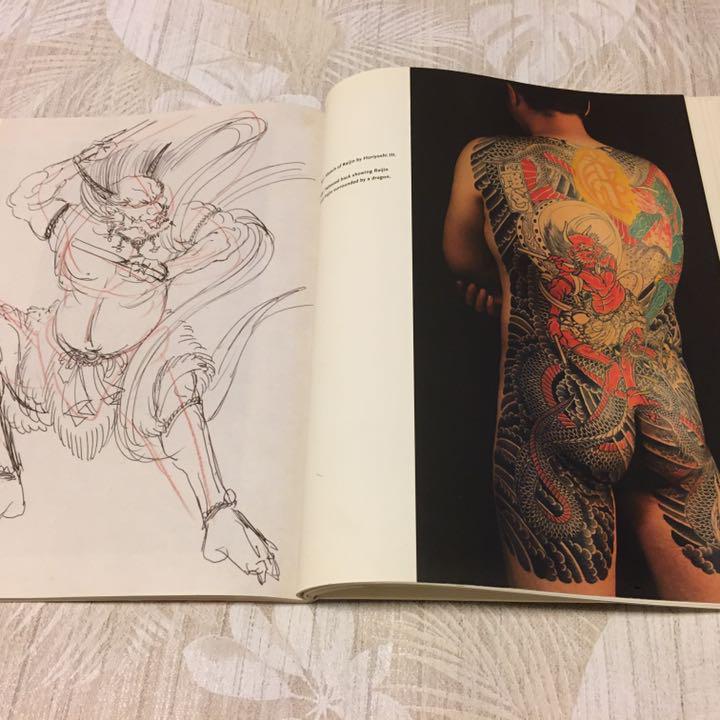
Popular Wabori Motif 5 – Tiger(虎)
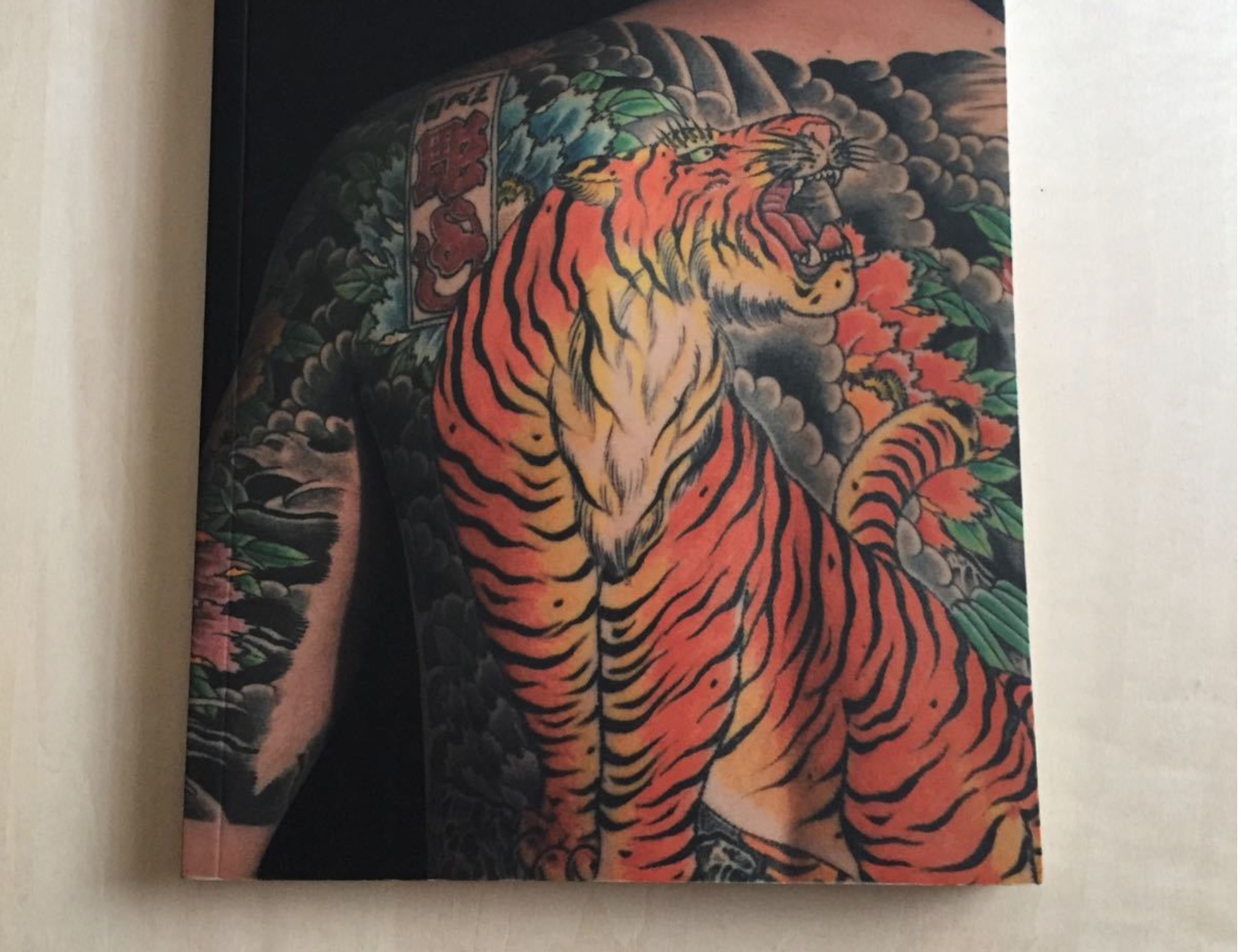
One of the common images of the tiger is bravery, it is often used as a symbol of strength and is often contrasted with the dragon, as in the term ‘dragon and tiger'(龍虎), which is used for two heroes or great men who are not easily distinguished in terms of their strength.
While the dragon’s power is mystical and spiritual, the tiger’s power is practical and physical. In the Four Divinities chart, which shows geographical features and geographical phases, the dragon and tiger are shown in relative positions, with the blue dragon in the east and the white tiger in the west, and the battle between the dragon and tiger is intertwined as two different great energies, representing the way everything in the world is moved by them.
The tiger’s habit of acting alone, in contrast to the lion, the king of beasts, which acts in packs, gives it the image of a symbol of Maverick (孤高), while its appearance gives it the image of strength, power, bravery and maniacal behaviour.
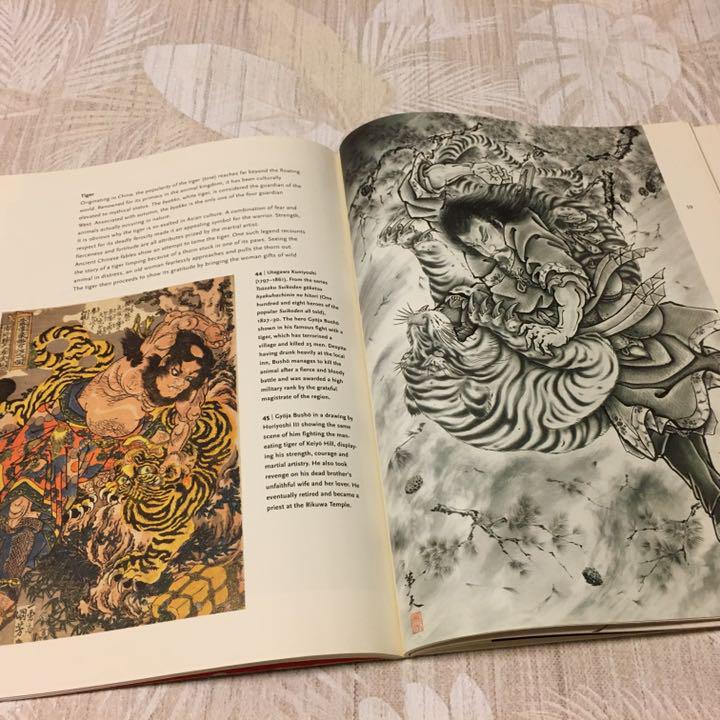
Popular Wabori Motifs 6 – Severed head (Namakubi 生首)
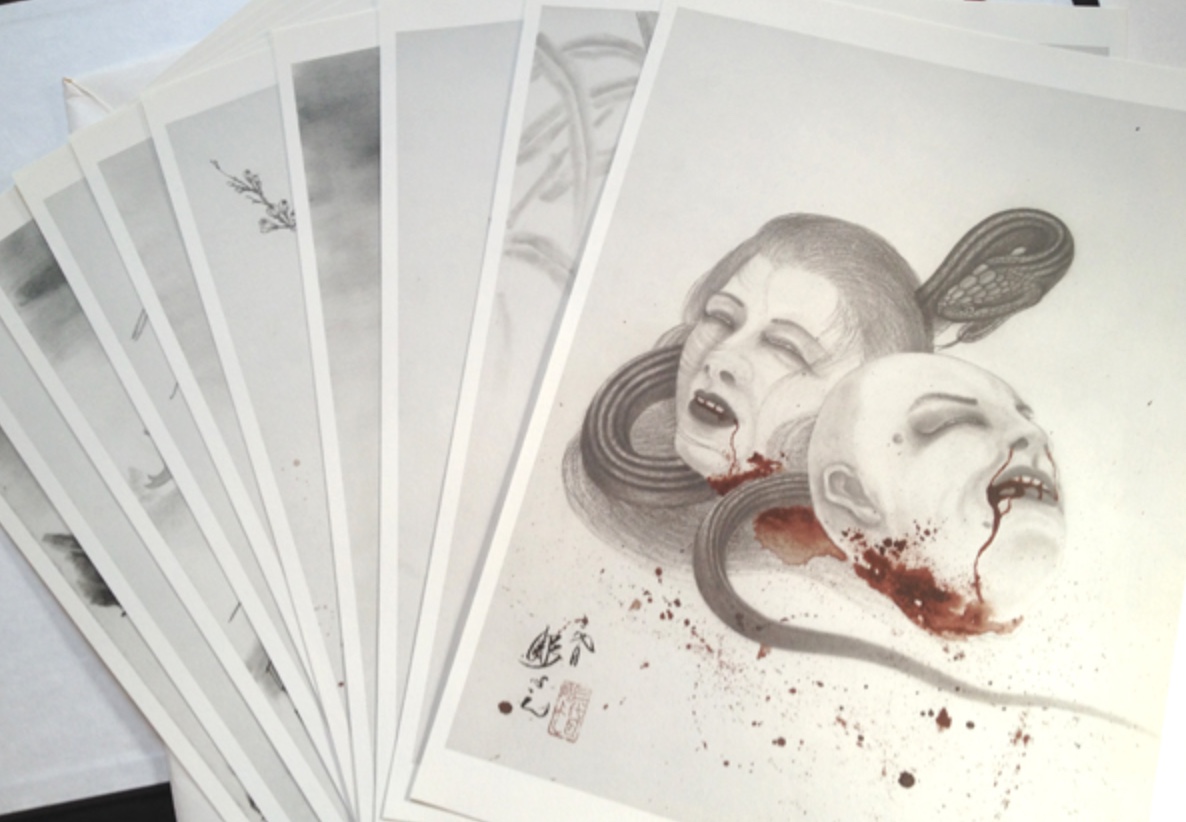
The grotesque and brutal image of a fresh head terrifies people, and it is not known whether this fear is the reason or not, but from some time ago it is said that the design of a fresh head can be used to ‘ward off evil spirits’.
It is said that the design became popular in the Edo period as a good omen and to ward off evil spirits.
It is also said that the meaning of the severed head tatto has a wish to ‘accept one’s destiny with pride’ and a meaning of ‘a life that revolves around it, like reincarnation’.
Popular Wabori Motifs 7 – Kuniyoshi’ Hero (英雄)
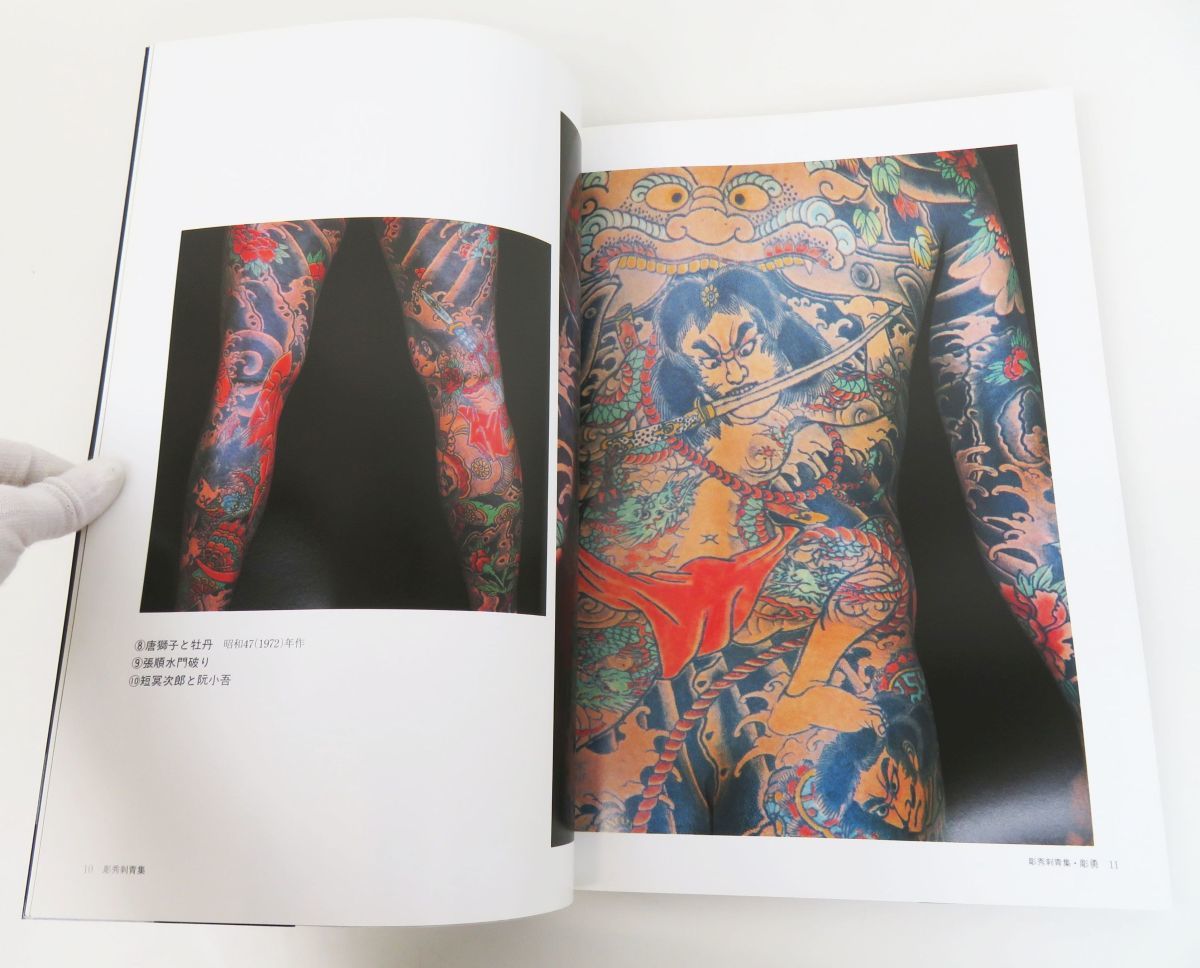
Utagawa Kuniyoshi was one of the last great masters of the Japanese ukiyo-e style of woodblock prints and painting. He is also known as ‘Kuniyoshi the Samurai Painter’ for his popular ‘warrior paintings’ based on great historical figures and heroes of stories.
Kuniyoshi himself was an ukiyo-e artist, not a tattoo artist, but he became popular for tattooing the heroes in his works.
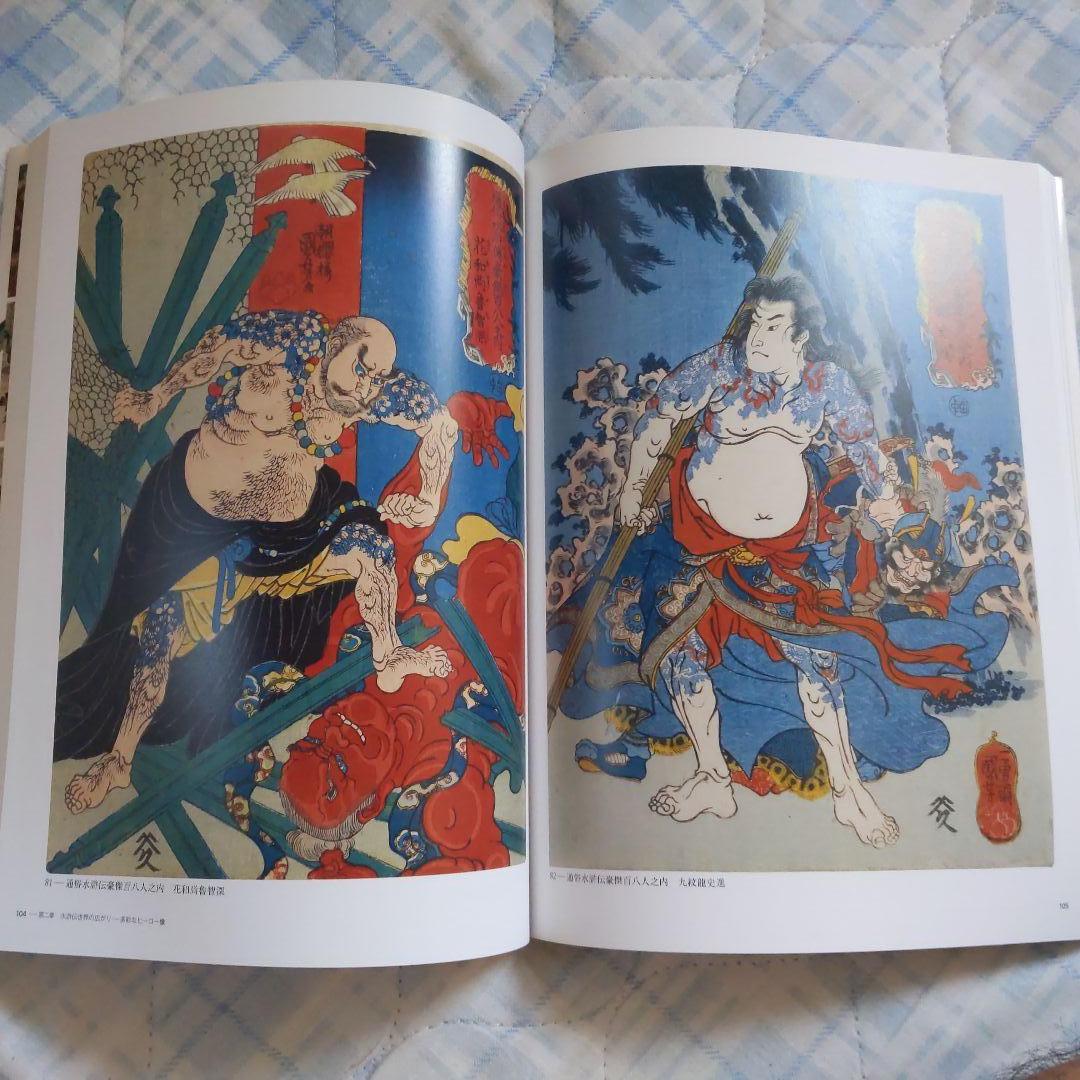
Popular Wabori Motifs 8 – Cherry Blossom (桜)
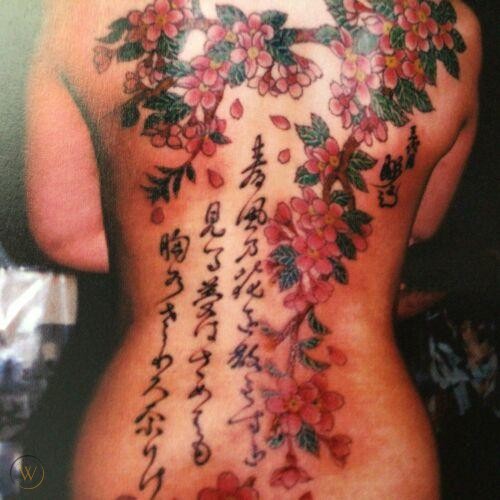
As the national flower of Japan, the cherry blossom represents ‘spiritual beauty’ (a clear mind) and the ‘transience’ of the flower as it blooms and falls in a flash.
What Samurai & Cherry Blossom Have In Common
Just as cherry blossoms are (considered) the best of all flowers, samurai were the best of all people. Samurai and Sakura (cherry blossom) have something in common. They are both glorious and highly regarded. Yet they are both prone to sudden end, and when their lives come to an end, they still do so very beautifully with no hesitations. Cherry blossoms bloom for only a few days and fall, but when they fall, they are still magnificent and beautiful. There are specific terms for cherry blossoms falling beautifully, ‘Sakura Blizzard’ (桜吹雪) and ‘Sakura falling as if it’s dancing (桜舞い散る) . Samurai life is likened to this characteristics of Sakura. While it is glorious and highly regarded when they are alive, it is prone to a sudden end during military service or willing to commit Seppuku for Honour.
As the cherry blossom is first among flowers, so is the Samurai first among men.
花は桜木、人は武士
Japanese Proverb
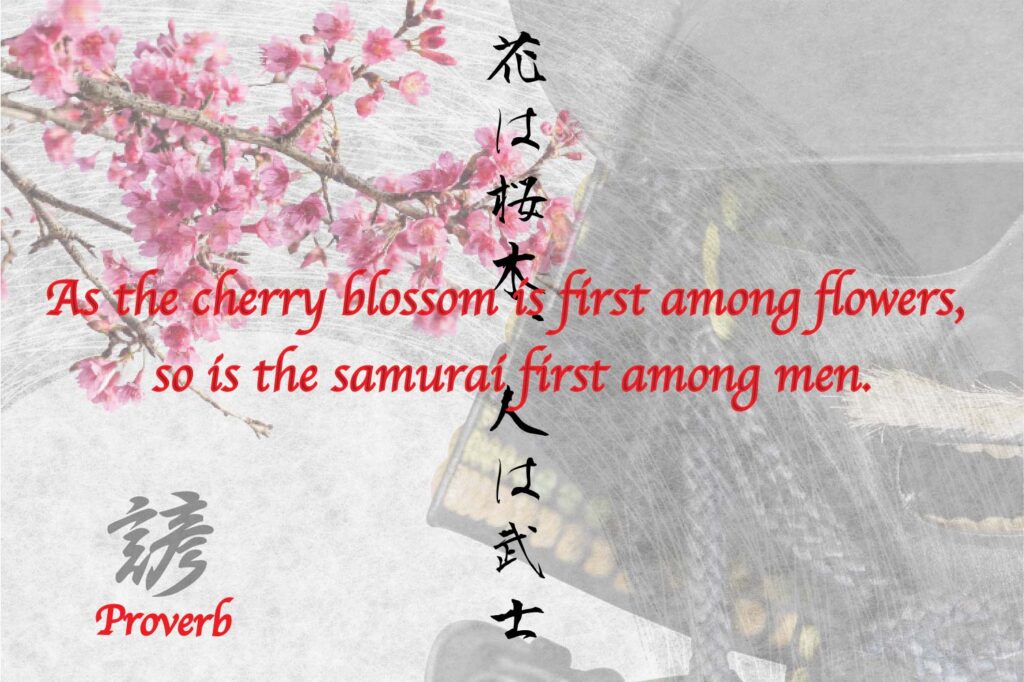
→Sakura & Samurai Kanji Tattoo- Japanese Proverb On Aesthetics Of Perishing
It is said that cherry blossoms, which fall within a week or so of blooming, symbolise the impermanence of all things.For this reason, the Japanese, with their Buddhist beliefs, may feel beauty in the impermanence of cherry blossoms, and may be attracted to cherry blossoms.
→Nothing is permanent in 4 kanji idiom
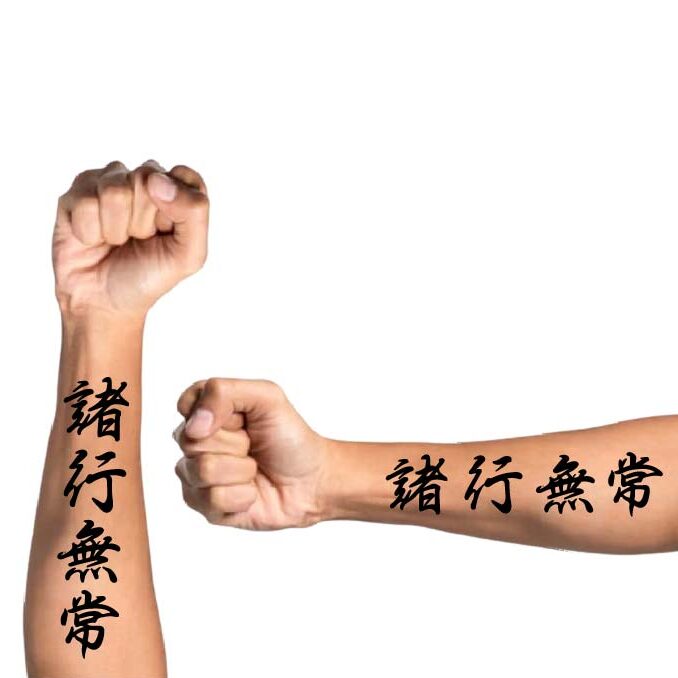
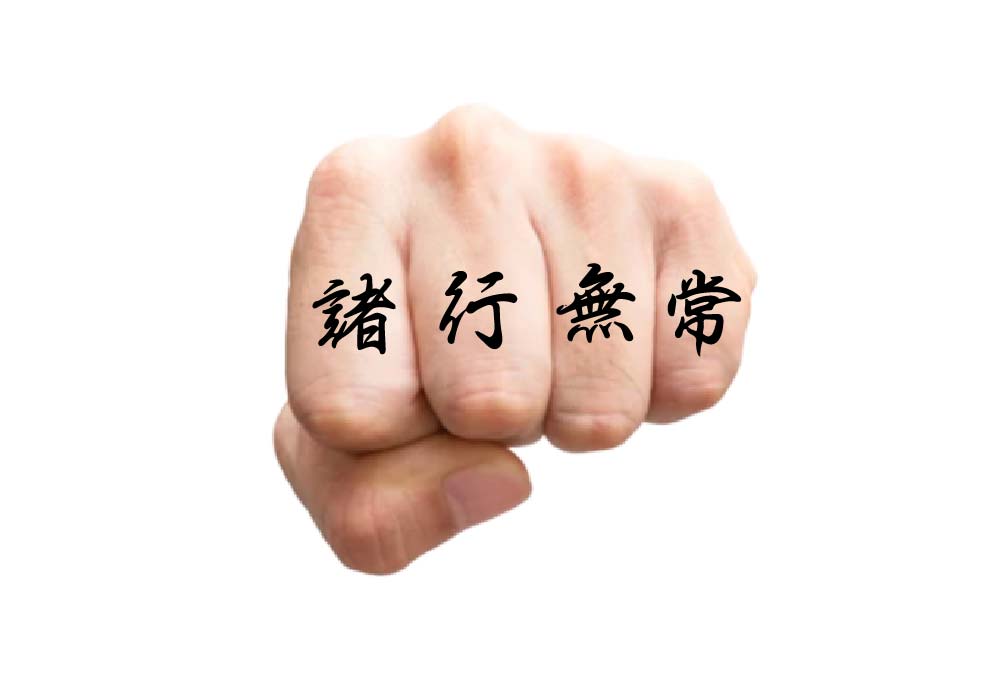
Hope this article is of help in any way for your tattoo ideas.
I will add more ideas when I come across interesting ideas.
Feel free to visit my eBays store where you can find Tattoo design reference books and other made-in Japan items.
